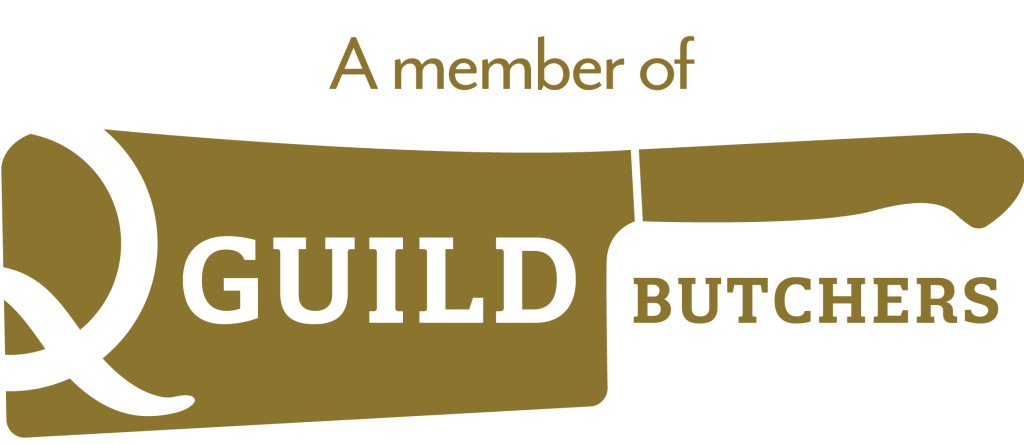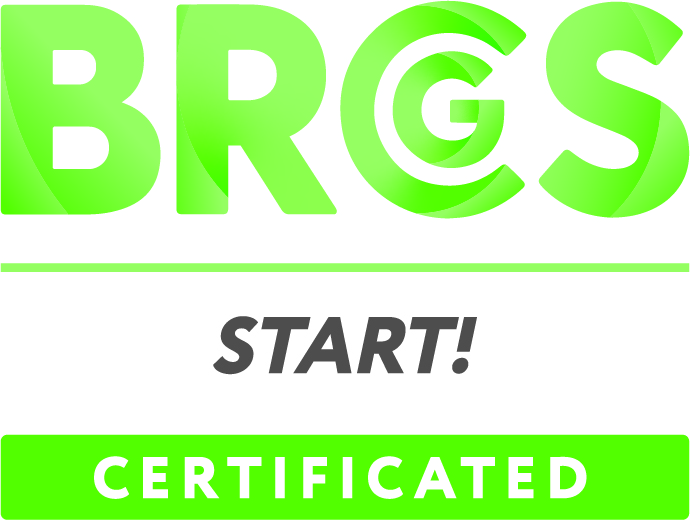There are so many ways of roasting and here I am adding just another piece of advice.
It’s the question we behind the butcher’s counter get asked the most, ‘how long should I cook this?’
The standard reply from my apprentice days by George, my now long departed boss was, ‘give it 20 minutes per lb and 20 minutes over’. This was quite ironic really because George, I would imagine had never roasted a piece of meat in all his married life, and it was his lovely wife Laura who was the brains behind the cooking.
Of course this was just a bit too simplistic to work for everything. Many factors need to be taken into consideration, what temperature should the oven be set at? Is the cut a chunky piece or long and thin? Has it come straight from the fridge or has it been sat on the work surface for an hour or so?
Our aim is to produce a glorious roast joint or bird, cooked so it’s moist in the centre and with a darkened caramelised edge that looks attractive and is fabulously crispy and flavoursome.
Perfect roast beefThe best way – in my book- is to use a temperature probe. A thermometer that you put into the meat and it reads the heat in there. (We sell digital ones for £12 each). You simply poke it into the thickest part and read what it says. The thickest part is also the coolest part.
When I cook a chicken, leg of lamb, ham joint etc, I always cook it to a temperature and it comes out perfect every time.
The temperatures I cook to are –
Very Rare Beef – 45C
Rare Beef – 50C
Medium Beef (and Lamb) – 60C
Pork, Chicken, Turkey, Ham – 75C
And this is how I do it –
- Take the meat out of the fridge for at least 1 hour before. Remember, the fridge temperature is about 4C, the kitchen is probably about 20C, so you don’t need to cook it for as long.
- Preheat the oven to 220C – that’s hot!
- Put the joint in for a 30 minute blast– I don’t bother covering it with foil, I want it to crisp and caramelise on the edge.
- After 30 minutes, it will probably look like it’s cooked, but if you take the temperature with your newly purchased probe, you will no doubt find it is a long way from where you want it to be – of course this depends on the size of the joint, the shape, the initial temp and so on!!
- Turn the oven temperature down to 160C, leave the door open for a minute to shed that heat, and then carry on cooking until the desired heat is in the joint.
- Remove the meat, put it on a wooden carving board, cover it with foil, put a towel over it, and let it rest whilst you finish everything else off. There’s no rush, big joints can stay under there for over an hour without problem.
- Make the gravy, put the Yorkshire puddings in, mash the potatoes etc. There’s plenty of time to do this.
And that’s it. The more you do it, the better you will get, and you will realise that it’s not daunting, in fact it’s quite relaxing and therapeutic.
Happy roasting!

